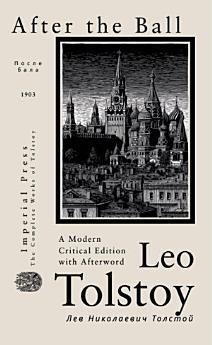After the Ball
Über dieses E-Book
Because it condemned military brutality, the story was unprintable under Nicholas II’s censors. Tolstoy hoped to place it in a charity volume assembled by Sholem Aleichem, but permission never came. It finally reached readers only after Tolstoy’s death, appearing in Volume I of Posmertnye khudozhestvennye proizvedeniya L. N. Tolstogo (Moscow, 1911) and as a separate Posrednik pamphlet in 1912.
The finished story distills Tolstoy’s late moral outlook: one night of glittering aristocratic ritual is shattered by the brutal gauntlet at dawn, exposing how violence underwrites social grace. Its lean structure, doubled scenes, and recurring glove motif echo devices he had used since Childhood and War and Peace, but the perspective is sober and autobiographical rather than epic. No outside philosophers shaped it; Tolstoy drew only on firsthand testimony, family memory, and the Gospel ethic he had studied daily since the 1880s. The result is a terse testament that power without pity corrupts love as surely as it maims flesh.
This critical reader's edition presents a modern translation of the original manuscript, crafted for the modern reader with clean, contemporary language and simplified sentence structures that clarify his complex Russian phrasing and specific antiquated references. Supplementary material enriches the text with autobiographical, historical, and linguistic context, including an afterword by the translator on Tolstoy’s personal history, impact, and intellectual legacy, an index of the philosophical concepts he employs—emphasizing Existentialism and influence by Schopenhauer—a comprehensive chronological list of his published writings, and a detailed timeline of his life, highlighting the personal relationships that shaped his philosophy.







